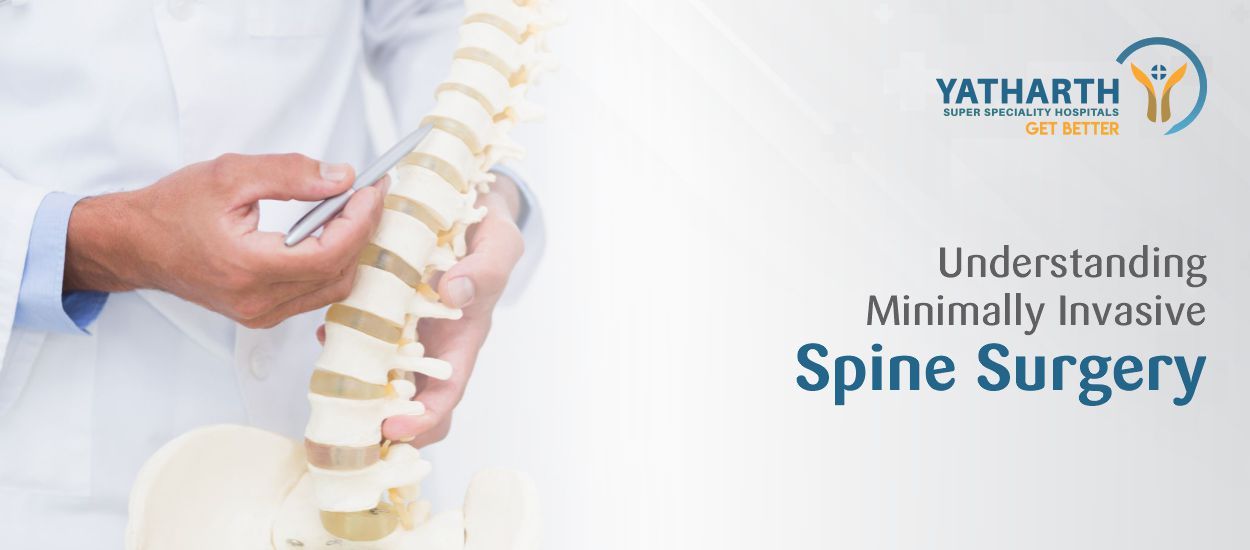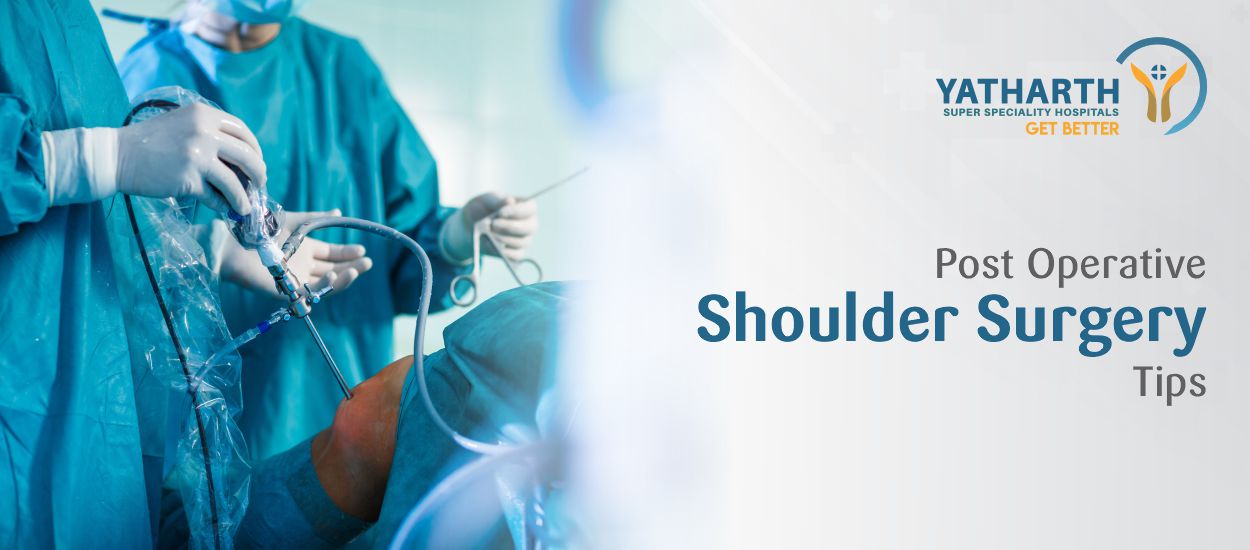Overview
Minimally invasive spine surgery (MISS) allows spine surgeons to access the spine without damaging any local muscles and tissue. Unlike a standard surgery that needs longer incisions down your back, side or belly, MISS only uses smaller incisions. This causes less pain and ensures speedy recovery after surgery.
Also, in traditional or open surgery, soft tissue and muscles around the spine may need to be moved aside. In MISS, however, a device termed a tubular retractor is inserted in the small incision. This tube-shaped tool then makes a tunnel leading to the spine by gently pushing aside nearby soft tissue and muscle. This allows the spine surgeon to insert small tools via the tunnel so that working on the spine is possible. The surgeon will also deploy high-resolution cameras, a special operating microscope and computer-assisted guidance along with real-time X-rays of the spine. MISS may be used for specific forms of spine surgery such as de-compressive laminectomy, lumbar or cervical discectomy and spinal fusion with metal rods plus screws. MISS can treat spinal conditions causing persistent pain.
Eligibility for MISS
Most people with back pain won’t need surgery. Spine surgery will only be advised if your back problem has not improved with other treatments such as medications, or physiotherapy. If your pain persists, surgery on the spine may help resolve the problem, though it may not mitigate all kinds of back issues. The surgeon will decide if you qualify for a minimally invasive spine surgery by reviewing several factors, including whether your spine is accessible via small surgical incision. Also, a minimally invasive approach is only possible if the exact location is found from where your symptoms are arising. This avoids the need to open your spine to locate the problem.
MISS is used to treat or manage conditions such as cervical spondylosis, herniated disk, degenerative or ‘slipped’ disks, fractured vertebra, kyphosis, scoliosis (a spinal deformity), spinal stenosis (narrowing of your spinal canal), spinal tumours, spinal instability, infection in the spine, to remove a tumour in the spine and vertebral compression fractures.
What are the Risks?
All surgeries carry some risk. In this case, it may vary as per your age, overall health and the type of surgery planned. Having the surgery done at an advanced surgery hospital will help in lowering the risks.
In MISS, the risks include:
- Infection
- Nerve or tissue damage
- Bleeding
- Blood clots
- Pain at the draft site
- Complications from anaesthesia
- Bones that fail to fuse as required
- Inadequate symptom relief
- Leakage of spinal fluid, which could lead to headaches or other issues.
- Rarely, MISS may not work out as planned, requiring a second surgery. In such a situation, the surgeon may need to perform an open surgery to resolve the issue.
Preparing for the Procedure
Some medicines, such as blood thinners, may need to be discontinued before the surgery. Smoking or the use of nicotine products must also stop since the latter can delay healing. You may be required to undergo imaging tests, including X-rays or MRI. Directions on not eating or drinking before the surgery must be followed strictly. The doctor should be informed about any recent health issues, including a fever.
What Can You Expect During MISS?
The procedure will be performed either by an orthopaedic surgeon or a neurosurgeon along with a trained medical team. The precise details of the surgery could vary as per the spine part being treated and other relevant factors. The surgeon will inform you about the same before the surgery.
Generally, you could expect the following during the procedure:
- You will be administered local anaesthesia to numb a specific part of your body and also be partially sedated. Thereafter, you will be relaxed but awake during the procedure. Conversely, general anaesthesia may be given to prevent pain sensation by making you sleep throughout the surgery.
- Your vital signs (such as the heart rate and blood pressure) will be carefully monitored during surgery.
- To prevent infection, antibiotics may be given before and after the procedure.
- A small incision will be made in your back by the surgeon in the area that requires treatment. A tubular retractor is placed in this incision, exposing part of the spine that will be treated.
- Small tools will pass through this retractor, including a tiny camera and light.
- The surgeon will then do the necessary repairs to your spine.
- After the repairs conclude, the tools and retractor will be removed. The incision(s) will be closed with stitches, staples or glue. A small bandage will protect the wound.
How long spine surgery takes depends on the kind of minimally invasive procedure planned by the surgical team. Accordingly, it may last less than one hour or a few hours. Once the surgery is over, you will stay in the hospital’s recovery room while the anaesthetic wears off. If general anaesthesia is given, you will feel drowsy on waking up.
Recovery time depends on the cause of problem, your age and your health factors. Though some discomfort may be felt after MISS, it is much milder compared to open surgery as its techniques limit any damage to the muscles or tissues. Nevertheless, pain relievers will be recommended to manage the pain. The doctor will also provide you with specific instructions on taking care of yourself during the recovery phase. This will cover the care of the incision site, the safe activities allowed and timelines for your follow-up appointments.
Benefits of MISS
The multiple benefits include a shorter procedure and recovery period; less pain after surgery because of minimal tissue and muscle damage; smaller scars; lower infection risk and less blood loss in the operation theatre. Unlike open surgery, since you recover faster following the procedure, you can resume work earlier. Your normal diet could also be resumed once you can do so comfortably.
But you will need adequate rest so your body heals faster. For several weeks after the surgery, heavy lifting and strenuous activities must be avoided. The doctor will recommend physiotherapy so your strength is regained faster. Adhering to all follow-up appointments is important.
Additional Advice
Contact the surgeon if your incision site bleeds or you experience fever, severe pain and/or swelling. While a small quantity of fluid leakage from the incision site is normal, inform the doctor right away if the amount of fluid loss increases or your pain becomes worse. Seek immediate help if you have any trouble breathing or develop a severe headache.
Persistent back pain could affect your daily regimen. If all other options fail, minimally invasive surgery could offer you relief. While undergoing an operation may seem scary, minimally invasive surgery means relatively less pain and limited discomfort compared to traditional surgery. So MISS may be a small price to pay for a life free from persistent back pain.
Note that all kinds of spine surgeries cannot be done with MISS. Further, only hospitals with advanced surgery facilities are equipped to perform minimally invasive spine surgery. Therefore, you will need to visit a hospital with the best spine surgeons and advanced facilities for a safer procedure and swift recovery.
















